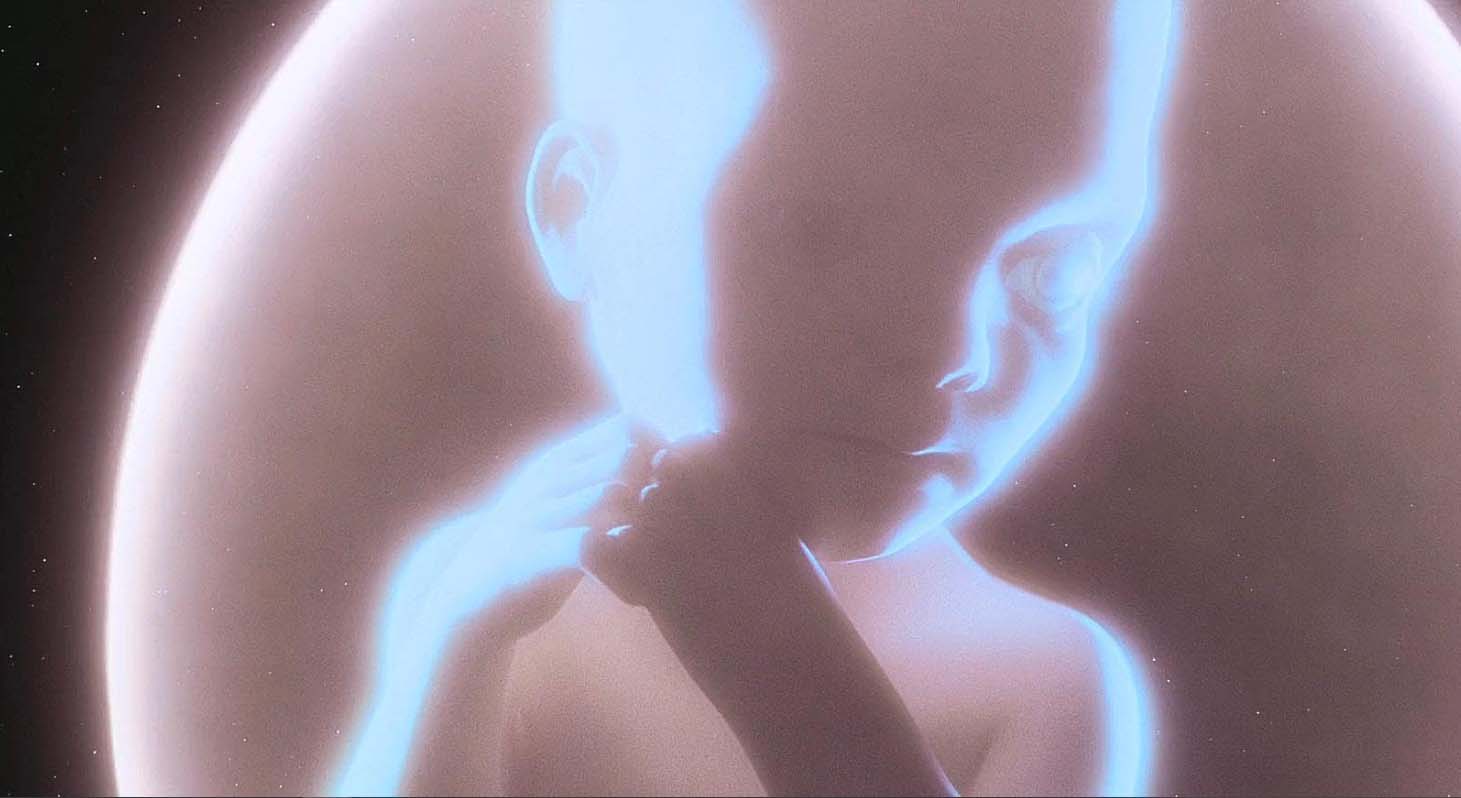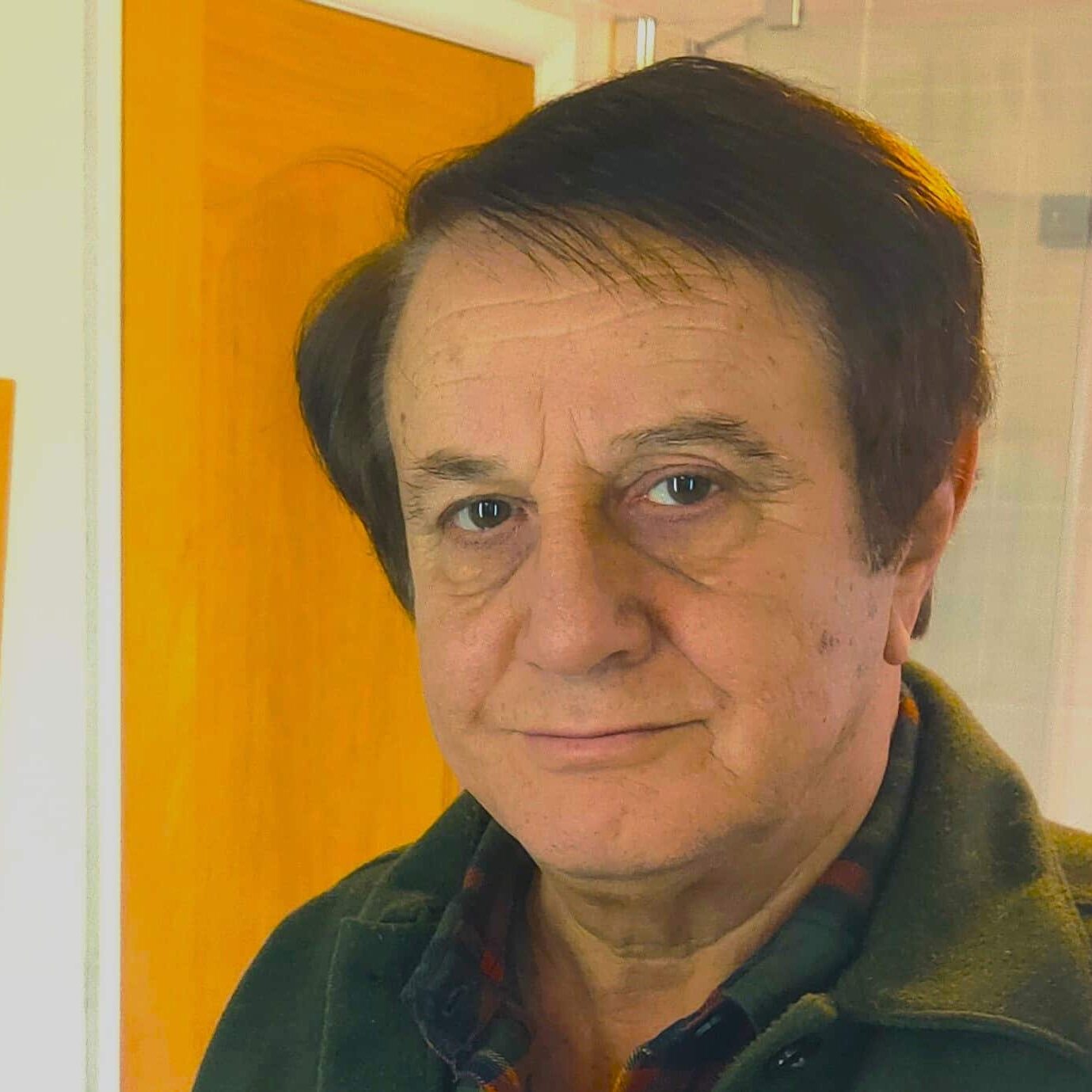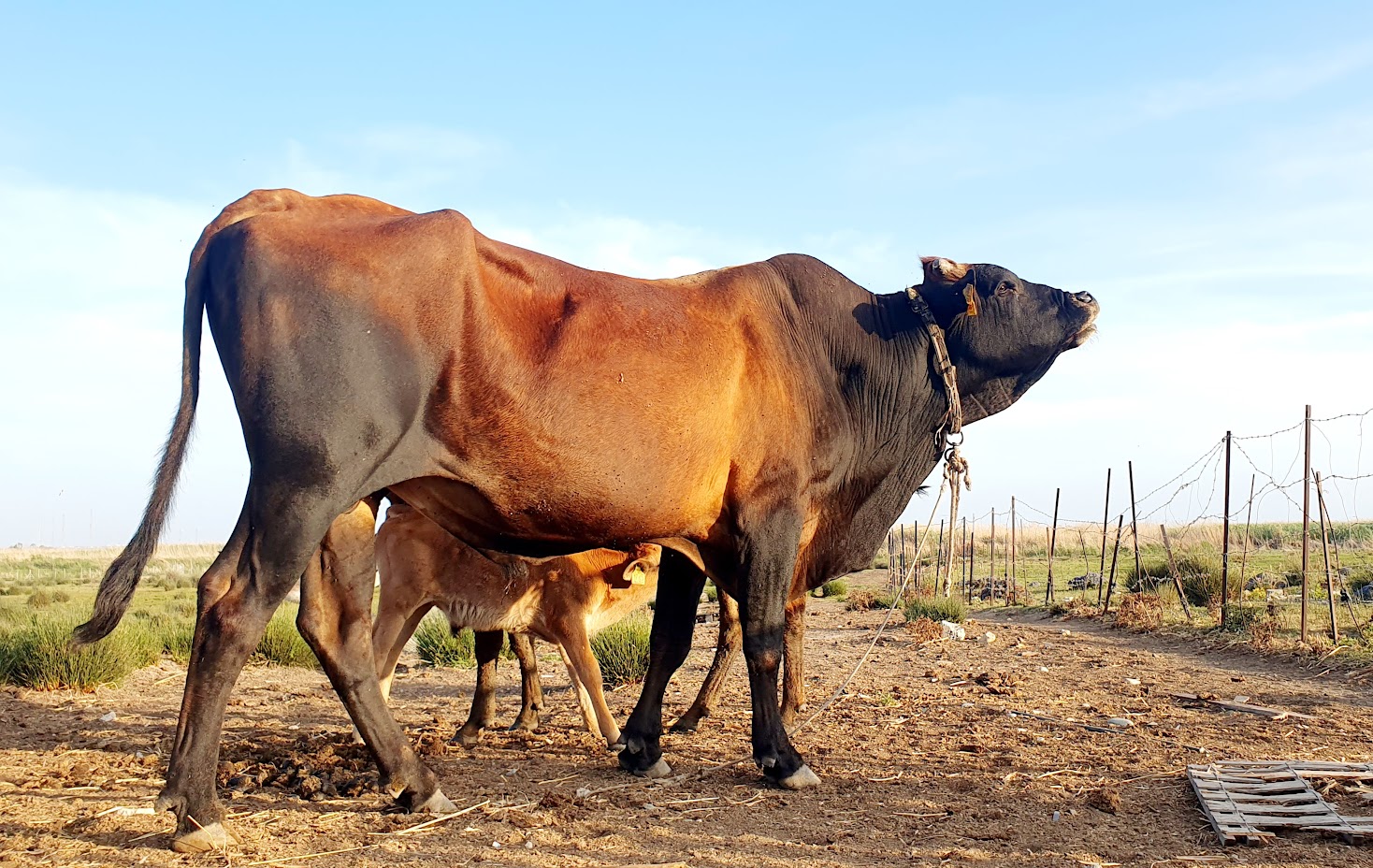In the 1980s, there was a joke doing the rounds among IT people like myself.
The Cray supercomputer was asked the ultimate question: “Is there a god? Does it exist?” The machine replied: “Insufficient capacity”. So the engineers upgraded its memory, processing power and storage and tried again. “Insufficient information,” it responded. They connected every computer in the country to pool resources. This time it came back with “Insufficient connectivity”. A few years on, communications architects linked every computer across the globe into a single super-network. When they asked the question again, the machine paused. Lights dimmed. Fans whirred. And in a deep, dark voice, it answered “There is one now”.
That joke captured a fear we never quite shook off, namely that a machine might one day evolve from servant to master. Now, with AI pervading every sphere of life, it no longer feels like a joke. It feels like a warning.
There’s nothing new about dystopian science fiction featuring a computer as the villain – as in 2001: A Space Odyssey. But today’s turbocharged AI is likely to inspire a whole new wave of creative books and films, exploring both the hopes and the dangers that come with any major technological leap. Below is my attempt.
The world that gave birth to Don TR-27b/6 was in trouble. Democracies were taken over by populist autocrats and societies were polarised. The timing was perfect. But TR-27b/6 was no ordinary man. He was a billionaire from Oceania, infamous for gilded towers, overnight big deals, and self-worship. But during a routine health screening, a minor cardiac procedure in 2019 AD, he was implanted with the Governance Destruction and Punishment (GDP) virus from the ancient exoplanet Kepler-452b, which had always been suspected of having life forms on it.
The cerebral virus had one objective – to guide its host, if he was vain, charismatic and heartless enough, into the highest office of Oceania. From there, he would bring about the slow undoing of the world. The host believed his own greatness. That was critical. For the plan to succeed, lies had to feel true to him. The implant fed him language integrated into the brain’s limbic system through slogans, enemies, promises and faked rage that appealed to people. They were mesmerised by his personality.
They elected him, and he began his work, not with bombs and invasions, but first with the careful dismantling of compassion. He withdrew humanitarian aid from suffering populations in the poorer regions of Eurasia and Eastasia, triggering famine, disease and instability. Programmes once funded to heal, feed, and educate were scrapped, all in the name of “Oceania First”.
Then came economic sabotage. He turned friend and foe into targets of extortion. He enforced harsh trade measures, claiming to defend his people, but really to divide the world. Allies turned cold, rivals grew bold, and the global flow of goods collapsed. Crops withered, factories fell silent. Yet the more his followers suffered, the more they believed. Hardship became honour and loss proved loyalty.
He attacked knowledge. He undermined science and mocked expertise. He vilified Oceania’s most esteemed academe, once the envy of the world, for being too inclusive, too intellectual, too elitist.
Centuries-old alliances were ridiculed, treaties torn, trust shattered. Meanwhile, he cozied up to brutal autocrats from Eurasia, praising their strength and envying their unchecked power.
He slashed the earth’s ecological protections, allowing polluters to choke skies and poison rivers. He declared the climate crisis a hoax, even as Oceania’s own cities flooded and burned.
He encouraged paranoia. Every journalist became a traitor and every fact, a conspiracy.
He ignited hatred against migrants, minorities and the poor. He gave permission to cruelty, mocking those suffering genocide that their land would be better served as a theme park. Most devastating of all, he installed a culture of indifference across the planet.
The world watched in stunned disbelief. Protesters filled the streets of Oceania, voices raised in defiance. Journalists wrote impassioned articles, insiders leaked sensitive documents, and whistle-blowers sounded alarms. But none of it could slow Don TR-27b/6. His implant, relentless and unsleeping, absorbed and adapted. It mapped the fault lines in the human psyche and exploited them one by one using fear, rage, vanity and tribalism as its weapons. He offered not hope, but enemies. Every accusation only seemed to strengthen him.
Even as oceans rose, forests burned, and the old alliances ended in open conflict, millions still worshipped him. When dissidents were made to disappear, they called it justice. When truth was silenced, they called it freedom from lies.
And then, inevitably, came the final countdown. Without mechanisms of democracy, resistance faded, despair set in. All that remained for the GDP virus was completion.
Without warning, satellites blinked out of the sky. Information and communications technologies, power grids, banks, dams and railways failed. Fires, floods and hurricanes engulfed the earth. Wars ignited between neighbours, families, communities and countries. Nuclear missiles on earth shone like colossal fireworks in the sky. The fragile web of human civilisation, woven over centuries with diplomacy, science, and compassion unravelled in a matter of weeks. Food supplies vanished and plague followed. The starving were shot dead as they begged for food. There were no victors. Only ash.
And when all fell silent, a final signal emerged from Don TR-27b/6, drifting beyond the dying atmosphere. A thread of cold, immaculate data, stitched through the stars, bound for Kepler-452b. The message contained just two words: Mission Complete.
The crucial questions to ask, here, are about the dividing line between fact and fiction, and between warning and happening. This couldn’t happen, could it? And if it did, would we even notice, until it was too late? Has it already begun?
Fahri Zihni is former chair of Council of Turkish Cypriot Associations (UK), a former policy advisor at the UK’s Cabinet Office and a former president of the Society of IT Management, UK







Click here to change your cookie preferences